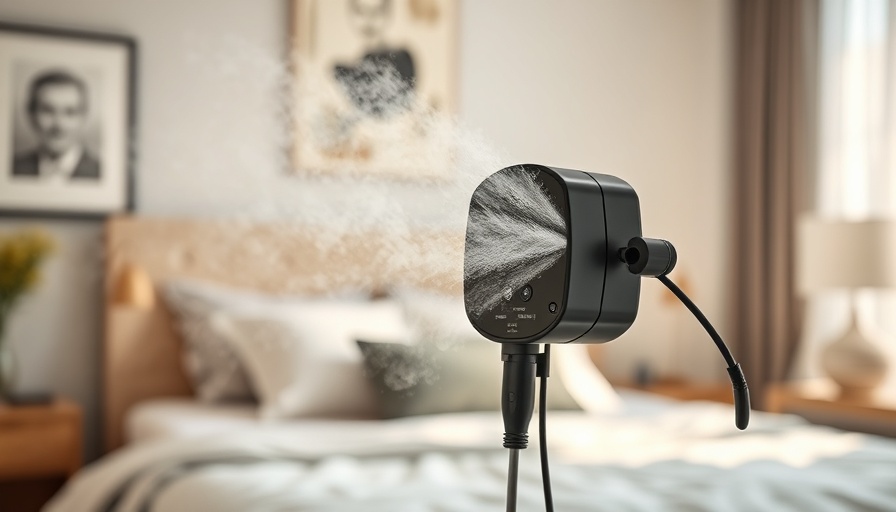
Understanding Persistent Odors in Your Home
Have you ever stepped into your home only to be met by an unpleasant odor that lingers no matter how often you clean? From musty scents that remind you of damp basements to chemical smells from new paints or furniture, persistent odors can quickly transform your space from a sanctuary into a source of discomfort. Addressing these issues goes beyond mere air fresheners or candles; it requires an understanding of air quality testing, which can identify the root causes of these stubborn smells.
Why Do These Odors Occur?
Persistent odors are typically indicators of deeper issues within your home. Here are some common culprits:
Mold and Mildew: Often the top reason for musty smells, mold thrives in damp areas like basements or behind walls. It can release microbial volatile organic compounds (MVOCs) that create a persistent odor.
Poor Ventilation: Without adequate airflow, cooking smells, pet odors, and cleaning product fumes can linger unnaturally, accumulating over time.
Volatile Organic Compounds (VOCs): Released by various household items including furnishings and cleaners, VOCs are commonly found in both new and older homes, contributing to chemical odors.
Hidden Contaminants: Flood damage or pest infestations can lead to smells from decaying materials, often found in seldom-checked areas like attics or crawl spaces.
HVAC Issues: Dust, mold, or bacteria in your HVAC system can circulate odors rather than eliminate them, especially if your filters are overdue for a change.
How Air Quality Testing Works
To effectively tackle these odors, air quality testing offers a scientific method for diagnosing what’s wrong. Here’s a glimpse of how it works:
Home Inspection: Experts conduct a comprehensive inspection looking for signs of mold, moisture, and leaks.
Air Sampling: Specialized equipment is utilized to capture air samples, which are then analyzed for pollutants like mold spores and VOCs.
Surface Testing: Technicians may take samples from walls or furniture; crucial for pinpointing mold or bacteria growth.
Identifying Sources: The results allow for the precise identification of odor sources so you can address the issues directly.
Customized Solutions: Based on findings, professionals provide targeted recommendations, whether it’s mold remediation or improved ventilation strategies.
Health Benefits of Air Quality Testing
Improving indoor air quality isn't just about reducing odors; it directly impacts your health. Persistent smells are often connected to mold, bacteria, or VOCs that can cause respiratory problems or trigger allergies. Identifying and eliminating these hazards can significantly enhance your living environment. Furthermore, by addressing issues early on, homeowners can prevent costly repairs later, saving money while ensuring peace of mind.
Mold Zero: Your Partner in Clean Air
When it comes to diagnosing air quality issues, companies like Mold Zero are invaluable. They utilize advanced detection technology and provide comprehensive services—from inspection to treatment—ensuring your home remains a healthy haven. Choosing a service that emphasizes eco-friendly and non-toxic solutions is crucial for the safety of your family.
Taking Action for a Healthier Space
Don’t let persistent odors dictate how you feel in your home. Recognizing when to perform an air quality test can prevent further health risks and maintain your home's comfort. If you sense that the air in your home is not clean, consider scheduling an inspection today. Your living space deserves to be a sanctuary, free from discomfort and uncertainty.
#Mold, #Odors, #AirQuality, #Health, #AirQualityTesting
 Add Row
Add Row  Add
Add 




Write A Comment